Marble/Hortulanus Wrasse
$54.99
-
Select Variant
The juvenile of the Marble/Hortulanus Wrasse is also called the Checkerboard Wrasse is white with dots, stripes, and black spots. When it matures, it changes to silver with a distinctive checkerboard pattern in black on the body. The dorsal fin, as well as the tail, are yellow. The face is a light green, with pink to orange stripes.
A 125-gallon or larger aquarium with a lid that is sealed with a 2-3" sandy bottom that it can hide in if scared, and other tranquil species of wrasses, such as their own kind, make an ideal environment. Within the aquarium, it will consume the pyramidellid snails and fireworms. It is also guarding corals and clams, which they will not bother. The larger species could be prey for smaller crabs and shrimps that are ornamental. Additionally, it could consume birdseed dusters as well as wild shrimps, flatworms and tubeworms.
The Marble/Hortulanus wrasse diet should include vitamin-rich frozen mysis shrimps, vitamin-enriched brine shrimp that are frozen, as well as other meaty meals, in addition to the highest quality sea flake as well as marine pellets.
Approximate purchase size: Small 1-3/4" to 2-1/4", Medium 2-1/4" to 3-1/2", Large 3-1/2" to 5"
- Description
- Additional Information
- Reviews
Marble/Hortulanus Wrasse Information
The juvenile of the Marble/Hortulanus Wrasse is also called the Checkerboard Wrasse is white with dots, stripes, and black spots. When it matures, it changes to silver, with a distinct black checkerboard pattern on its body. The dorsal fin and the tail are yellow. The face is a light green, with orange-to-pink stripes.
A 125 gallon or greater aquarium with a lid that is sealed with a 2 to 3 inches of sand bottom that it can hide in if scared, and other tranquil wrasses including the species it is, makes an ideal habitat. Within the aquarium, they can devour pyramidellid snails and fireworms while protecting corals and clams. It also may devour feather dusters as well as wild shrimps, flatworms and tubeworms.
Marble/Hortulanus Wrasse Diet
The Marble/Hortulanus Wrasse diet must include vitamin-enriched frozen mysis shrimp, shrimp vitamin enriched frozen brine, as well as other meaty food items, along with high quality marine flake as well as marine pellets.
size
Large, Medium, Small
Units
1
Weight
6 lbs
Dimensions
1 × 1 × 1 in

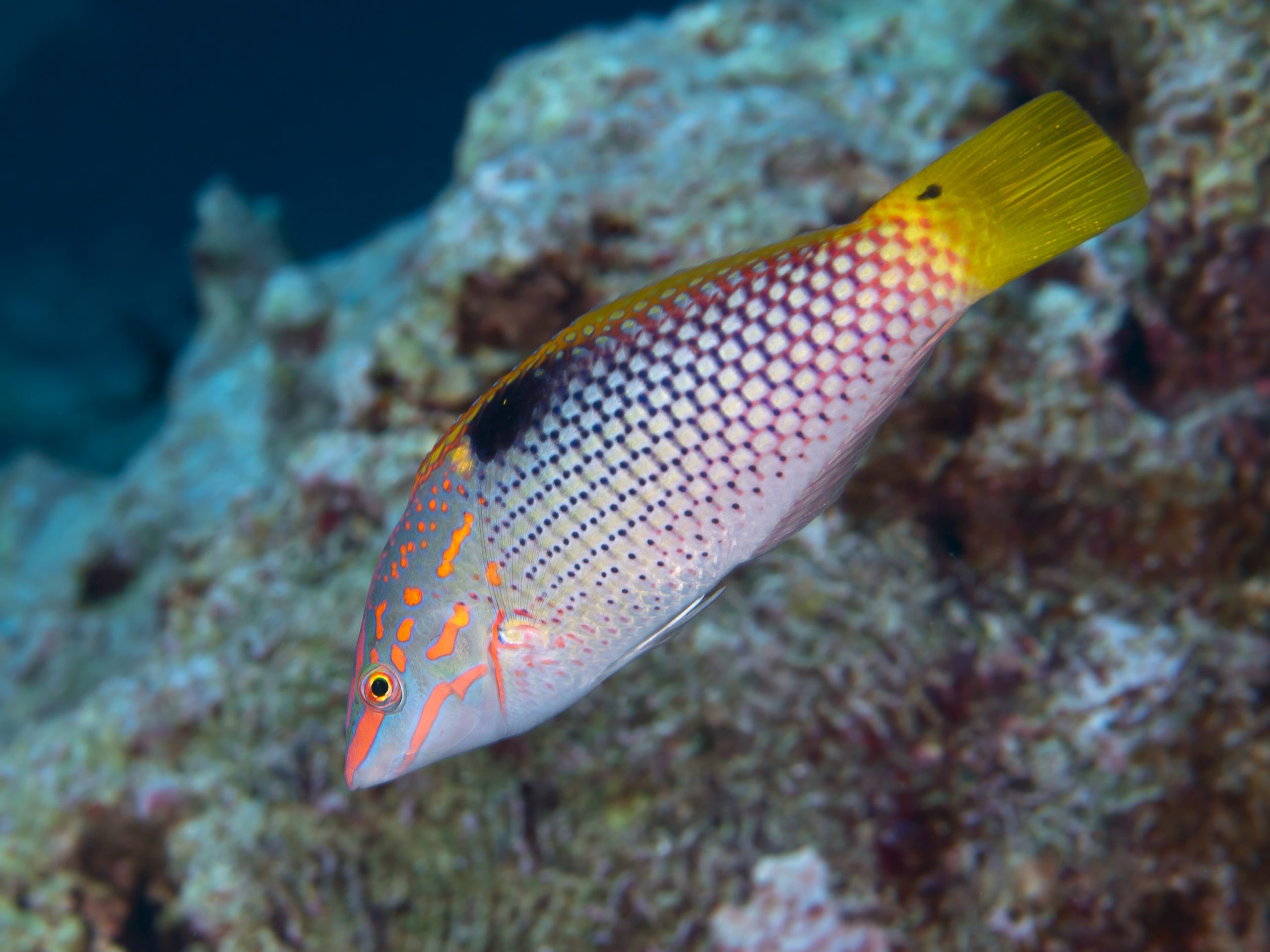
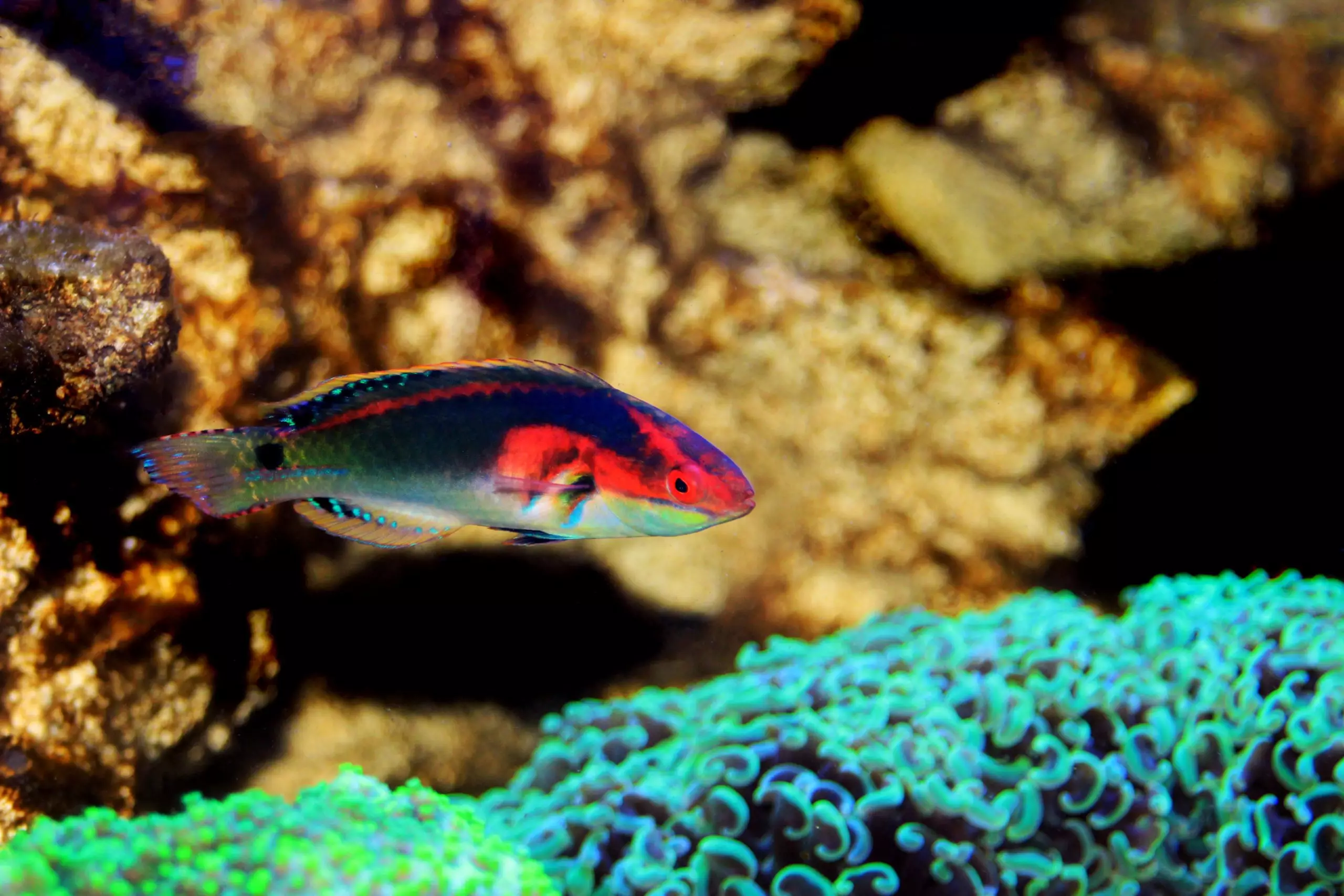
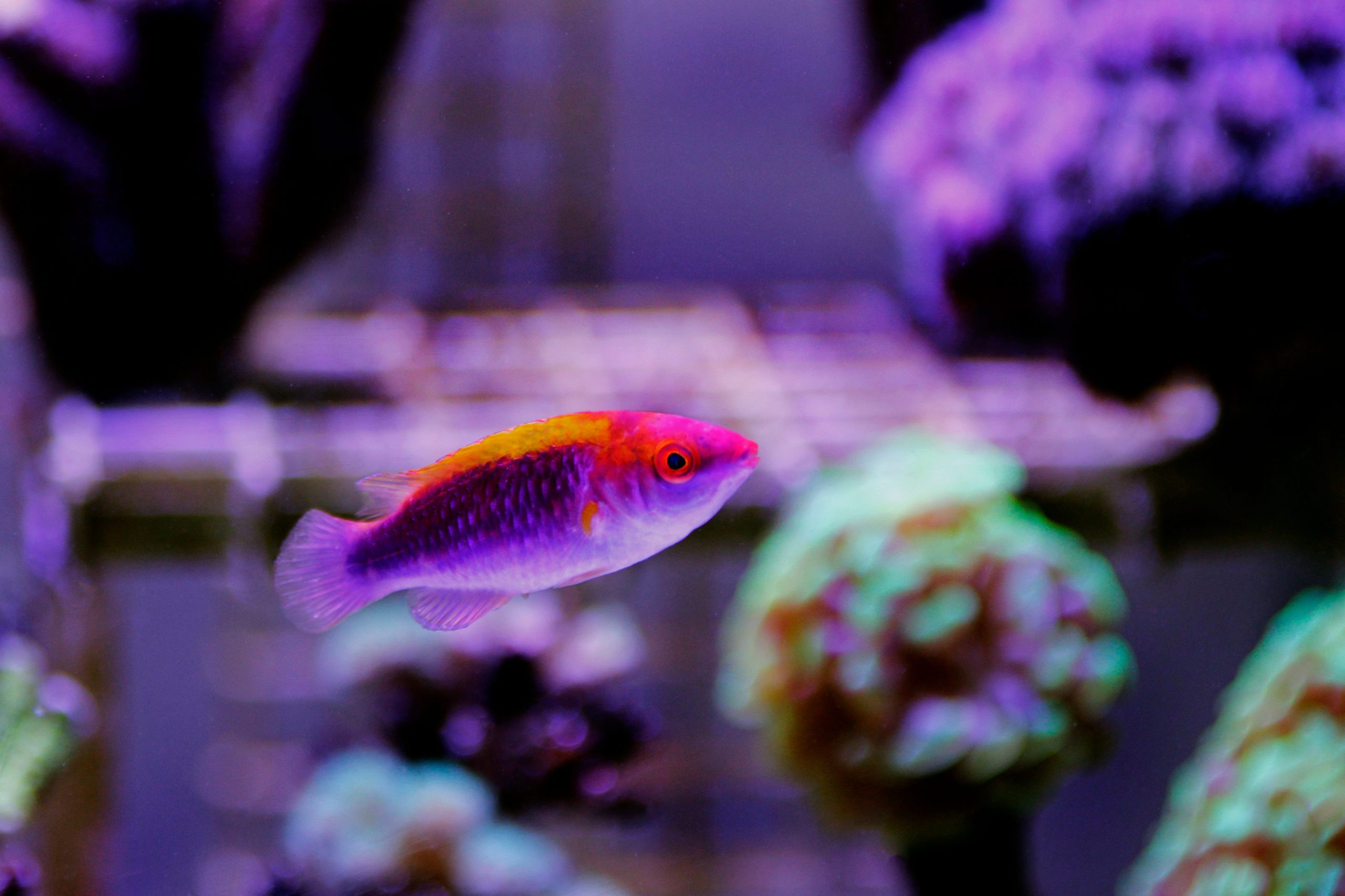
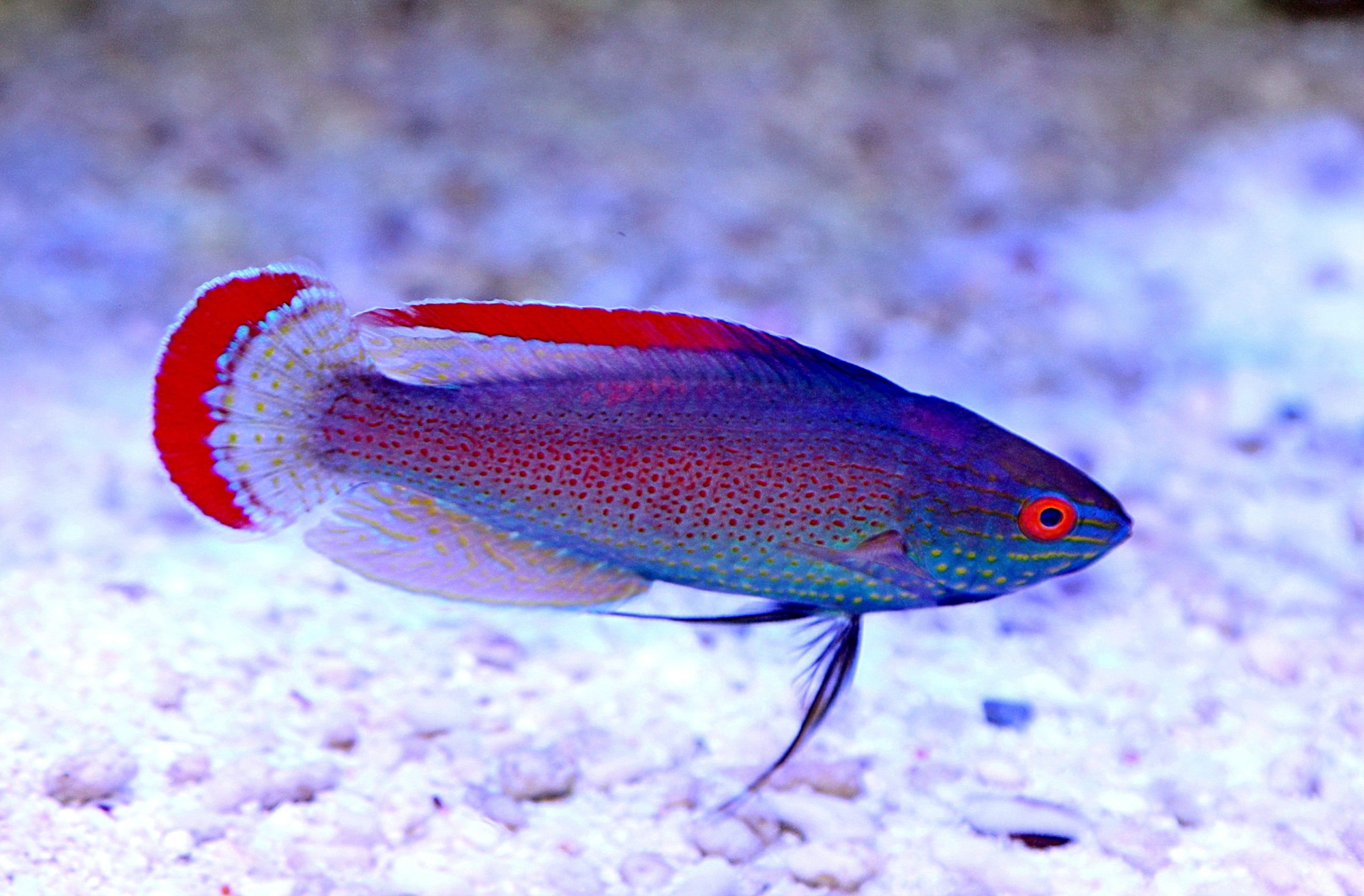
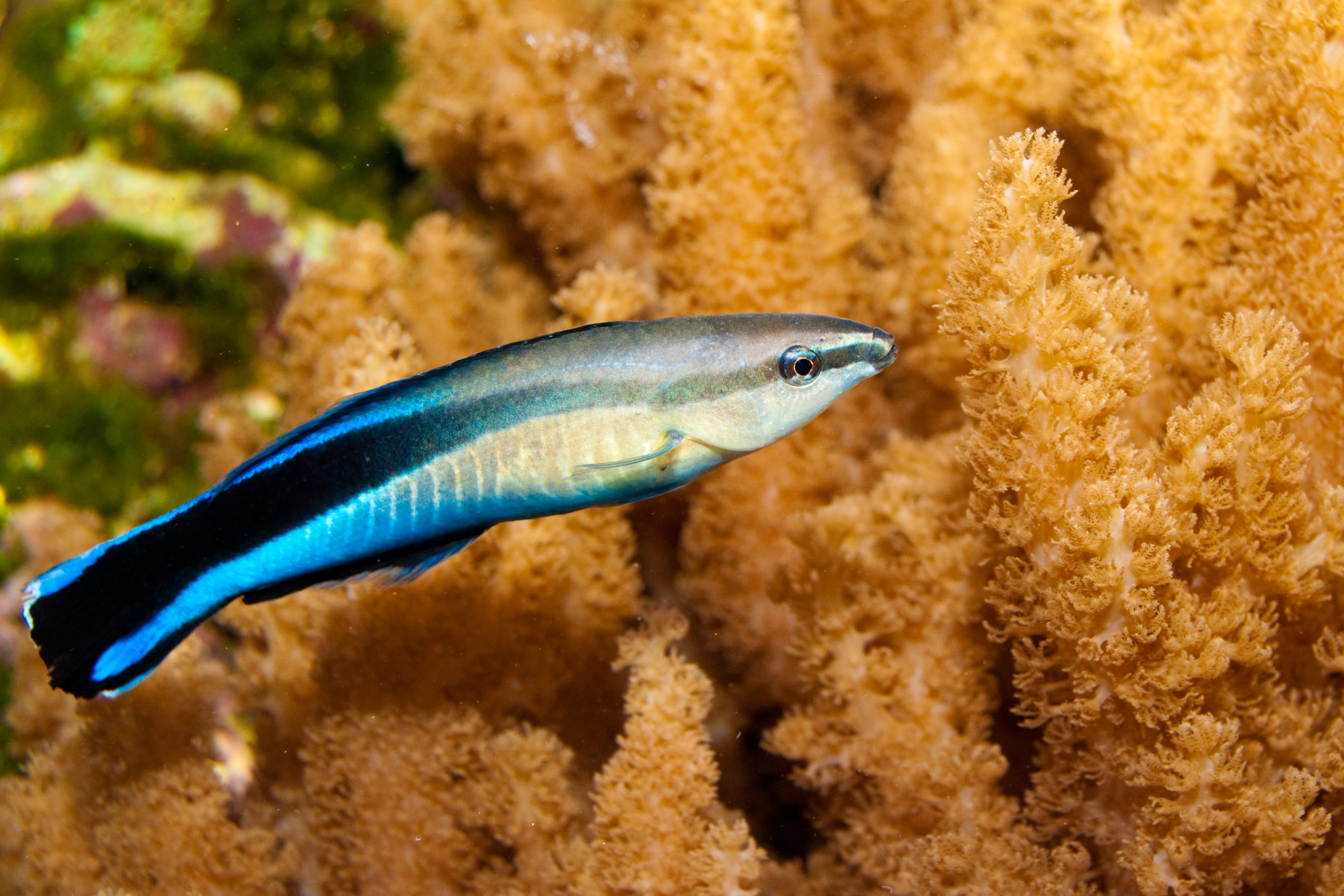
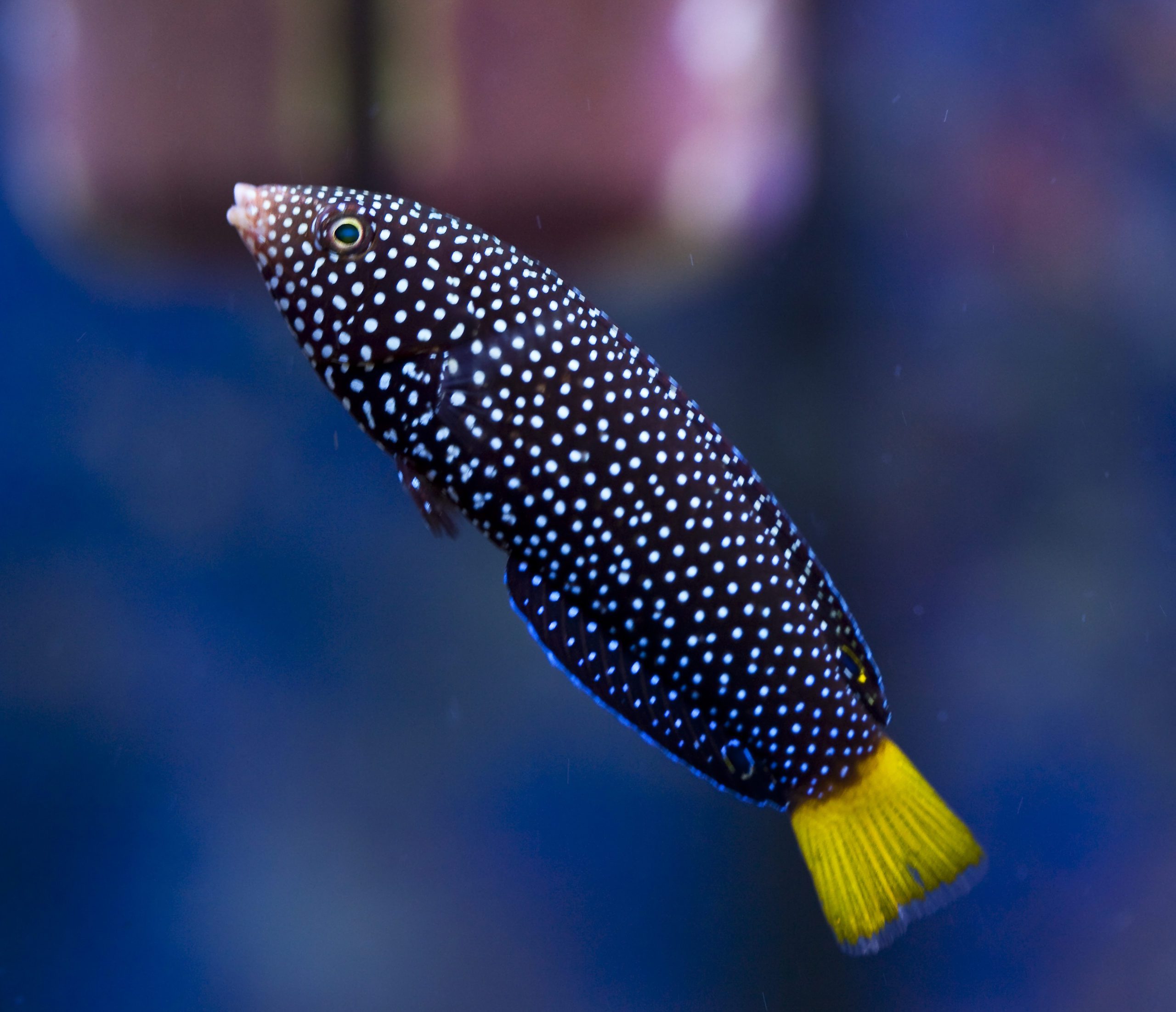
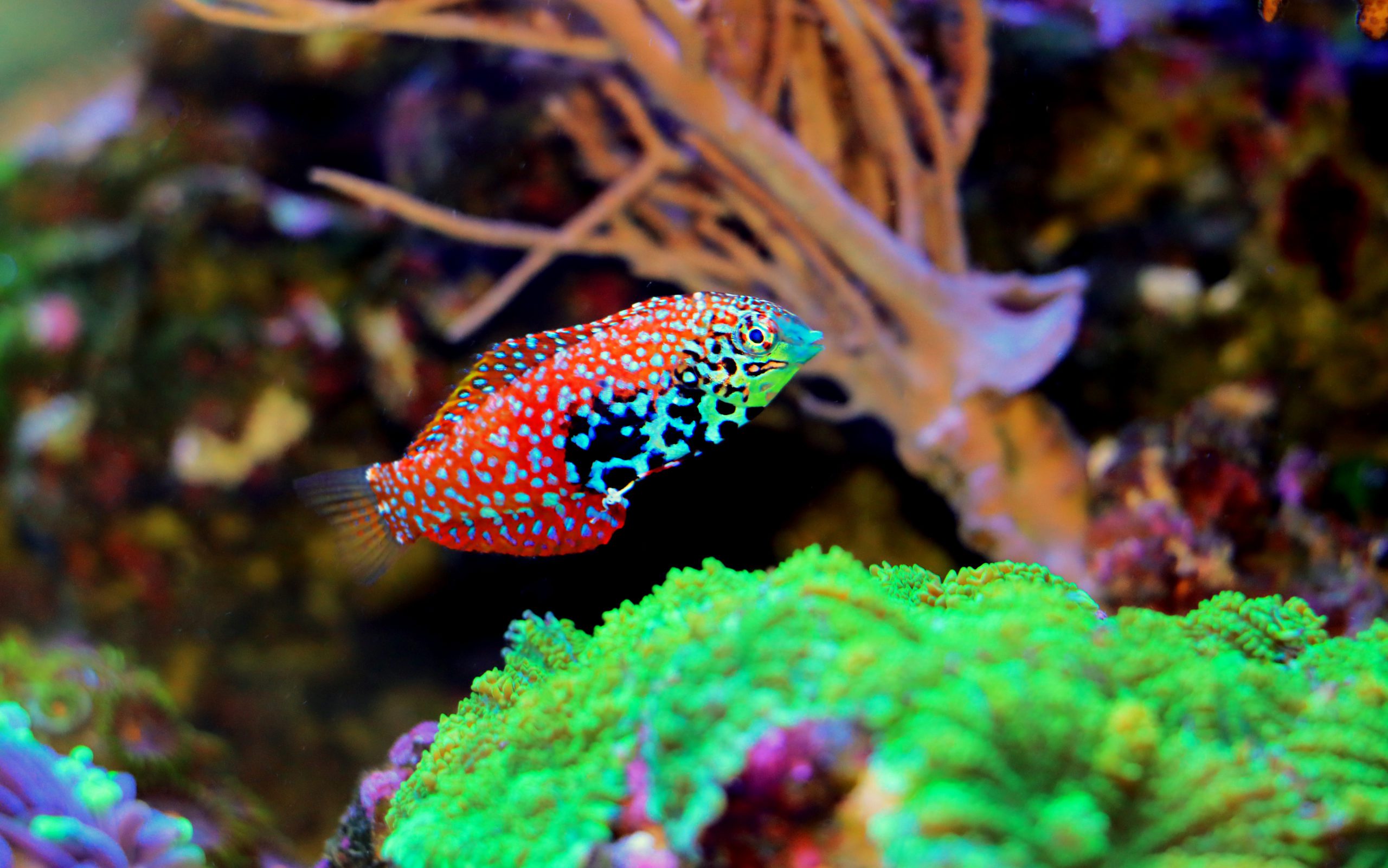
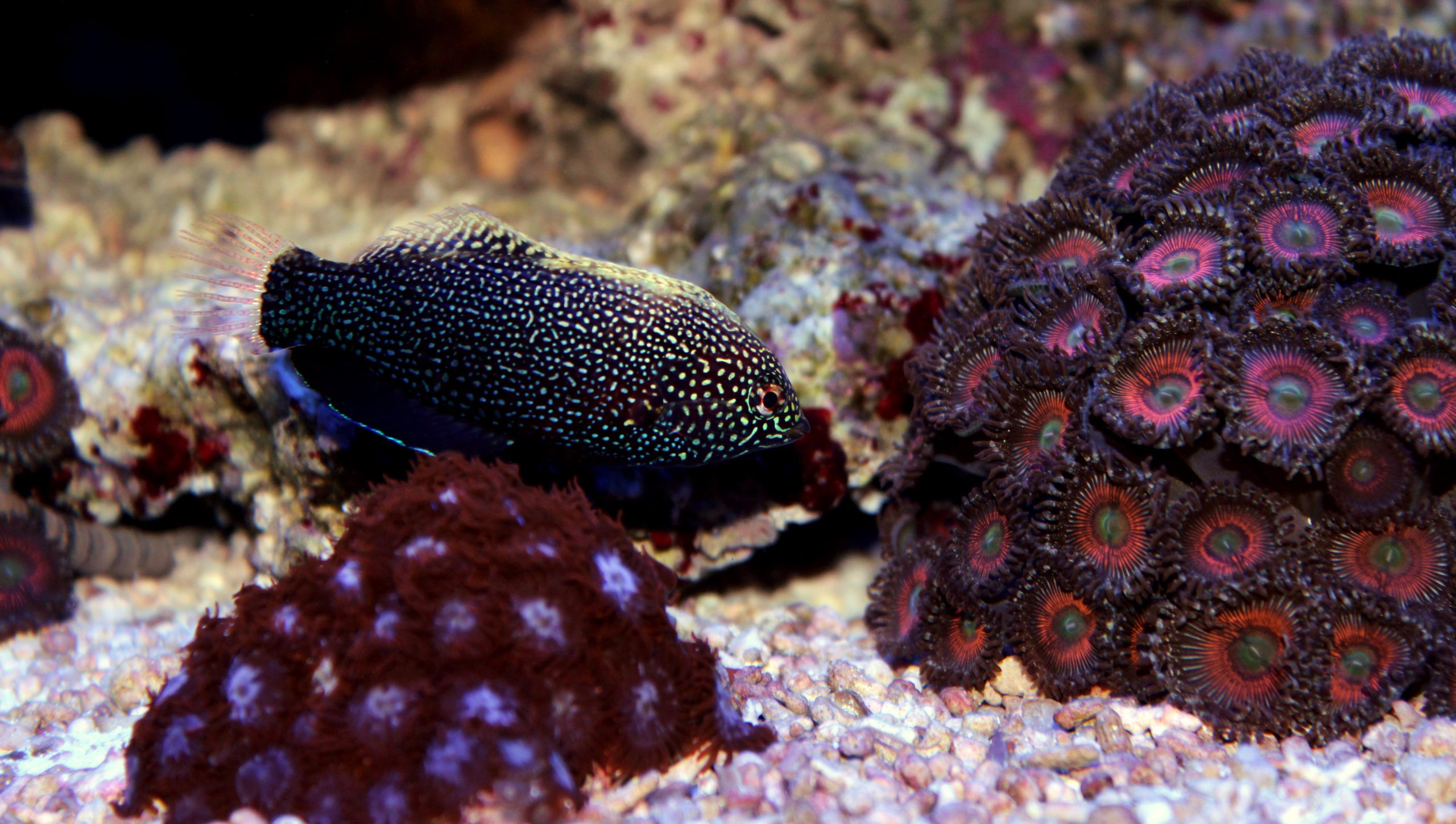
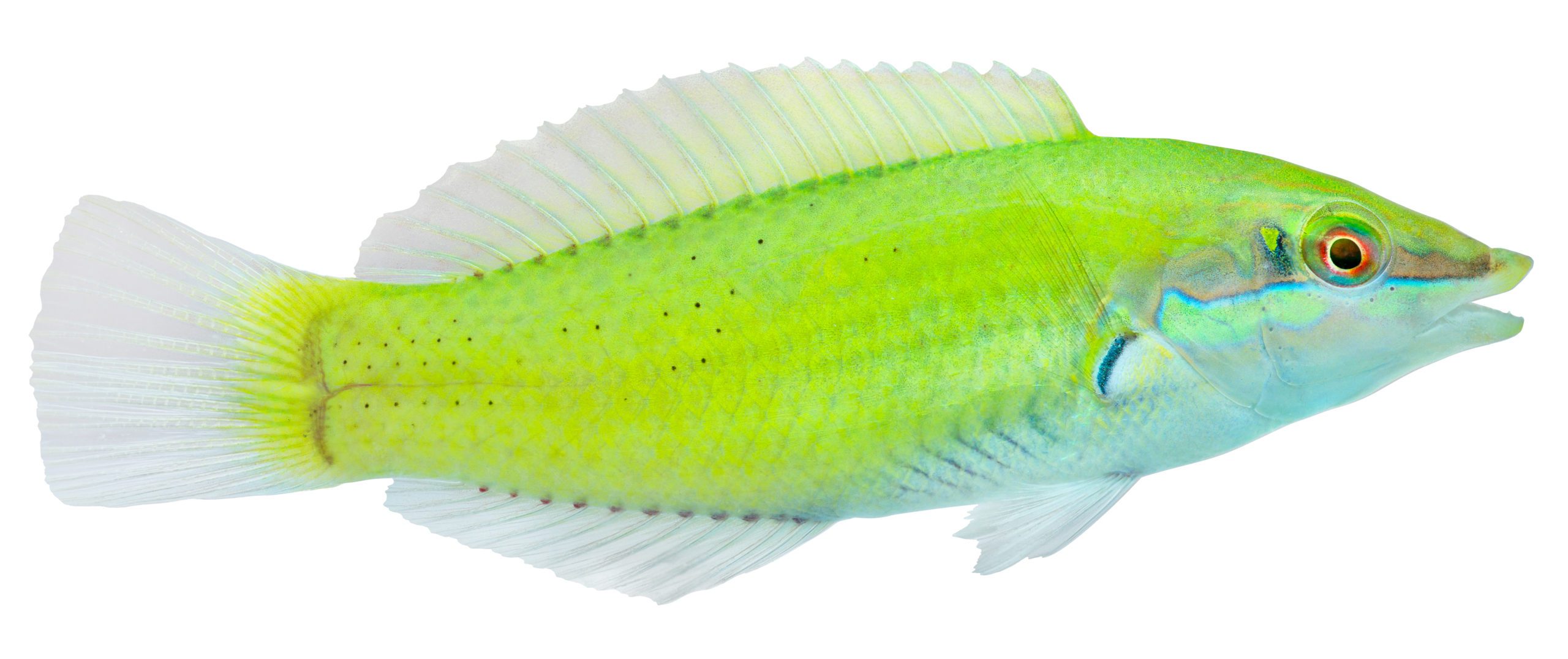

Reviews
There are no reviews yet.